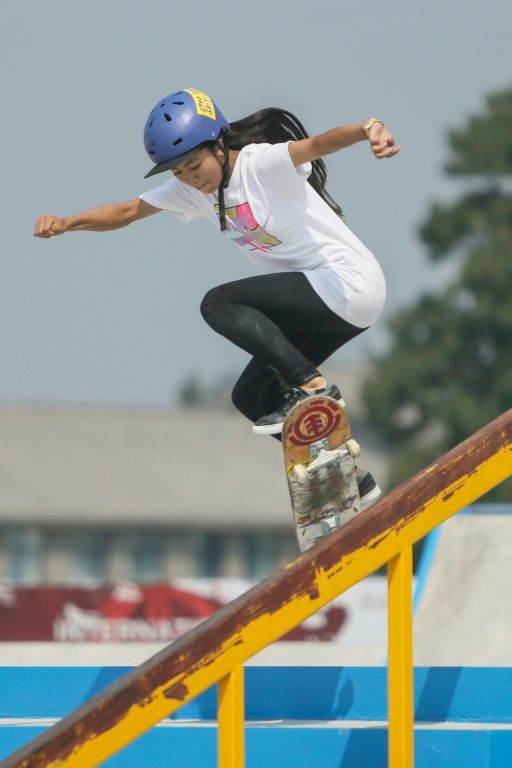Kids Are Still Breaking Bones, But Not on Sports Field

When you were in school, you probably remember seeing some classmates wearing casts, usually the result of a sports injury. But your children likely don’t.
Fewer children are breaking bones these days, and the ones that do are getting injured in ways that were less common before the pandemic. Yet another change in the wake of COVID-19.
What changed?
Researchers at the Children’s Hospital of Philadelphia (CHOP) analyzed the hospital’s pediatric admissions to see what types of changes COVID-19 has caused. They found unusual trends in kids arriving with broken bones.
On an average day in 2019, around 22 children arrived at CHOP with bone fractures. The number for 2020 is closer to nine -- less than half of what it was one year ago. The average age of these patients has also dropped, from 9.4 years old to 7.5.
Why?
COVID-19 has indelibly seared 2020. The pandemic shattered normal life and ripped both parents and children away from their normal routines.
In a presentation at the recent virtual American Academy of Pediatrics conference, CHOP researchers concluded that the significant decrease was due to the fact that fewer kids are playing organized sports or romping in their local playground.
In normal years, sports are a leading source of childhood injuries. Stanford Childrens’ Health in California reports that sports send over 775,000 children to the emergency room each year in the U.S.
COVID-19 has brought organized sports to a near-complete halt. Children spend much more time at home or doing solitary exercises, changing where and how they are injured. For example, the percentage of home-incurred bone fractures has risen by over 25%.
Nowadays, the CHOP researchers said, the biggest culprits are trampolines and bicycles. While both are common sources of a significant portion of childhood injuries, the shift has been more pronounced than anticipated.
Between March and April of 2020, 18.3% of injuries came from bicycle mishaps. In the same months of the two prior years, that percentage was only 8.2%.
"Given the rising proportion of bicycling injuries, an emphasis on basic safety precautions could improve public health," they wrote.
The Take Home
Removing sports from the equation has led to a decrease in injuries, but staying at home isn’t entirely safe, either. Making sure your kids are well-supervised and teaching them how to play and exercise safely is the key to preventing injury.



























